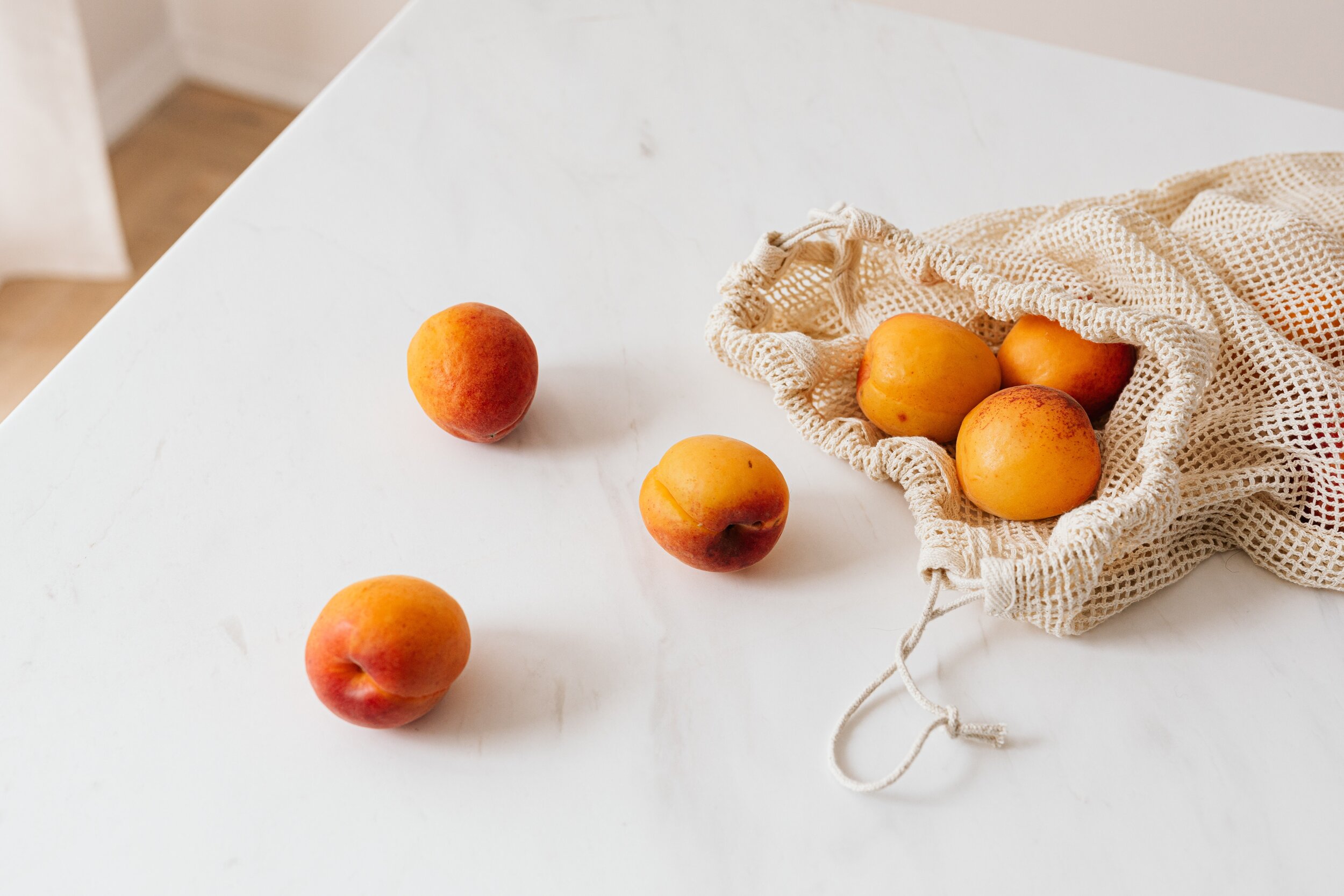A Taste for Transformation
Pictured: a mound of flour on a table with an egg cracked into it. The yoke is photoshopped to look like the moon.
Feb 5th, 2021 | By Raquel Sequeira TD ‘21+.5
The cover of Wired magazine’s March 2020 issue featured a scoop of fluorescent sherbet ice cream floating like a strange new planet amongst the stars. In the first month of the coronavirus pandemic, the piece zoomed out from earth: “Humans are headed for the cosmos, and we’re taking our appetites with us. What will fill the void when we leave Earth behind?” [1] MIT’s Space Exploration Initiative, preparing for interplanetary colonization, wants to let space travel transform the human experience of food.
While it might seem like culinary culture would be low on NASA’s to-do list, the Space Exploration Initiative makes a strong case for why space food is a crucial area for investment and research. [2] Current space food merely squeezes Earth food into a spaceflight-efficient mold: maximal compressibility, minimal crumbs. But perhaps, as the founder of the Space Exploration Initiative argues, “it’s possible, even essential, to imagine an entirely new microgravitational culture, one that doesn’t simply adapt Earth products and technologies but instead conceives them anew.”
Conceiving anew is the essence of what philosopher Margaret Boden called “transformational creativity.” [3] If “exploratory” creativity is composing a new song, “transformational” creativity is rethinking what music can be. (Imagine the invention of atonal music, or even rock and roll.) The products of transformational creativity may be controversial, since by definition they break the rules. Yet they also elicit “amazement,” according to Boden, because “some deep dimension of the thinking style, or conceptual space, is altered—so that structures can now be generated which could not be generated before.”
Long before astronaut ice cream, food has been fertile ground for transformational creativity. The earliest humans to cultivate the earth enacted a completely new relationship between the consuming creature and the producing land, fundamentally changing our species. An innovation as simple as clay pots transformed food “from a public resource to private property” to be stored and traded, from a mere nutrient source to a sensual and creative object to cook and ferment and flavor.[4]
The beauty of transformational creativity in food, as in music, is that it allows us to create something uniquely suited to a given form and its constraints. By seeking a “best fit” between a concept and the way we express it, we can fill up every nook and cranny of a form’s constraints. Allowing bacteria to grow in grain or fruit may have seemed absurd, but this made it possible for bread to be fluffy and fruit to make you tipsy. Even now, people are still exploring the use of fermentation to create previously impossible food experiences.
In many ways, the modern food industry cuts off consumers from producers. It is rare and in some cases nearly impossible for the average eater to know deeply the potential of their ingredients. Yet consider the incredible variety of dishes and flavors that has become standard to the modern palate: all come from different contexts with unique constraints and possibilities for food. Characterized by a cultural history of vegetarian religions, Southeast Asian cuisine excels in the flavoring of veggies and grains. In Peru, topographical constraint of mountains abutting coastline resulted in strange and marvelous mashups of starches with seafood. For me, understanding the relationship between constraints and creativity in my favorite foods elicits wonder and delight.
In contrast, there is something unsatisfying when creativity fails at a best fit between form and content. Consider how piano reductions of orchestral pieces—or even orchestral versions of pop songs—often feel hollow or comical. Or consider the recent development of “Impossible Meat.” Environmental, nutritional, and even ethical constraints on meat consumption have been stretched to their breaking points, and one solution has been to create plant-based meat simulacra.[5] Impossible Meat gives you the “content” of meat flavor (essentially the flavor of blood, mimicked by the molecule heme) without the true “form” of meat. At the same time, it masks the flavor content of the plants that are the actual substance of the non-meat. While an innovative way of salvaging our cravings, this decoupling of form and content diminishes our experience of both meat and plants. Transformational creativity, however, can expand the space of our relationship with food. Instead of mimicking the flavor of meat, we might search for hidden gems of flavor and texture in the flora of our individual environments to serve as the medium for new culinary creations.
When new constraints are imposed on us, transformational creativity becomes not a luxury but a necessity. The ability to reimagine the foundations of an art form, a technology, or even a cuisine allows us to move forward by creating something new rather than squeezing the old way into frustrating new constraints. If we value a best fit relationship between a concept and its expression, then new constraints on our forms of expression require exploring a new best fit. More importantly, seeing new possibilities rather than grasping after what has been lost is what saves us from despair.
In a not-so-hypothetical future, space travel could impose even more radical constraints on our food than we are facing on Earth. But the Space Exploration Initiative seems to look on these constraints as a chance for transformational creativity. They want to help space-faring humans not just survive, but thrive. For the Space Exploration Initiative, this means designing “embodied experiences’’ that are both humanly fulfilling and uniquely suited to space travel—zero-gravity-only meals, clothes, and instruments, for example. As creatively interesting as these ideas may be, why would they be necessary to our thriving? The point of the Space Exploration Initiative is not just that space food will taste better in space than freeze-dried Earth food, but that creating itself is part of what makes us human.
True human thriving, according to both ancient and modern philosophers, depends on the ability of individuals and societies to identify their purpose as human beings.[6] Just listen in on almost any conversation among Yale undergrads during shopping period to find the implicit belief that finding and fulfilling one’s purpose is necessary to the good life. Creativity—especially transformational creativity—seems to be an essential part of our purpose.
Catholic philosopher Jacques Maritain asserted that a “creative intuition” is part of what makes humans unique. Thus, exercising our creativity “brings us closer to the truth of our humanity.”[7] J. R. R. Tolkien, author of The Lord of the Rings, dubbed us “sub-creators”:
Although now long estranged,
Man is not wholly lost nor wholly changed.
Disgraced he may be, yet is not de-throned,
and keeps the rags of lordship once he owned:
Man, Sub-creator, the refracted Light
through whom is splintered from a single
White to many hues, and endlessly combined
in living shapes that move from mind to mind… [8]
A literary world-builder goes beyond mimicry to create new and abundant life, god-like. Similarly, transformational creativity—whether it produces a radically new style of painting, a revolutionary scientific theory, or a new way of baking—gives life to previously unimaginable creative worlds.
Tolkien believed that our sub-creative power comes from God, the prime Creator, and so must be enacted in accordance with His intention.
…Though all the crannies of the world we filled
with Elves and Goblins, though we dared to build
Gods and their houses out of dark and light,
and sowed the seed of dragons—’twas our right
(used or misused). That right has not decayed:
we make still by the law in which we’re made.
In Biblical terms, we are called to the imitation of our Creator in the use of minds made “in [His] image” for sub-creation (Gen. 1:26).
Compared to literature and poetry, food is a more understated form of creativity that fills our bellies as well as our souls. Yet, like Tolkien’s sub-creation of fantastical species, creating with food fulfills the Creator’s mandate to be “fruitful” (Gen. 1:28). The food we make and eat today is the result of centuries of transformational creativity—a unique capacity of the species made in the image of a Creator who gave Himself as “the bread of life” (John 6:35). The incarnation of the Creator is the most radical “rule change” imaginable. Yet Jesus, with an author’s knowledge of the form of Mosaic law and content of God’s covenant with Israel, defined a new best fit, reframing humanity’s relationship with the divine. That space He created is the Kingdom of God.
The transformational creativity exemplified by the Space Exploration Initiative may help humanity reinvent itself and our relationship to food, cleanse the planetary palette and start afresh. But unforeseeable messes will surely be made on a new Martian Eden. Indeed, the Mars escape route is a response to the same problem that separates modern humans from food production: industrialization, which itself arose out of an incredible period of transformational creativity in science and technology. As far away as we fly from Earth, transformational creativity cannot help us with true self-transformation.
Christ, at once human and God, intimately and essentially relational, is both the model and the means of our reconciliation to the created world. If in humility we embrace our role as sub-creators in the Kingdom of God, then whatever space we find ourselves in—whatever chaos or crisis, whatever threshold of transformation—we will refract the true light of the Creator over the void.
Notes
[1] Twilley, Nicola. “The Food We’ll Eat on the Journey to Mars (Algae Caviar, Anyone?).” Wired. Conde Nast, February 11, 2020. https://www.wired.com/story/space-food-what-will-keep-us-human/.
[2] In fact, it’s not! NASA recognizes the huge importance of food to astronauts’ morale, and of crew morale to the success of any mission. See:
Gohd, Chelsea. “The Space Station May Soon Smell like Fresh-Baked Cookies,” July 2, 2019. https://www.scientificamerican.com/article/the-space-station-may-soon-smell-like-fresh-baked-cookies/.
[3] Boden, M. “How Creativity Works.” Creativity East Midlands for the Creativity: Innovation and Industry conference, December 6, 2007. https://pdfs.semanticscholar.org/120e/b04b9b69b5f892904a2f6870b8c04cb33f82.pdf.
[4] Graber, Cynthia, Twilley, Nicola. “Outside the Box: The Story of Food Packaging.” Gastropod. Podcast audio, June 27, 2016. https://gastropod.com/outside-the-box-the-story-of-food-packaging/.
[5] “Impossible Foods.” https://impossiblefoods.com/.
[6] “Telos and Eudaimonia.” Web log. Philosophical Ethics (020) @ Fordham (blog). Fordham University, February 22, 2010. http://phru1100-020.blogspot.com.
[7] Mooney, Margarita. “History of Art as Philosophy of Humanity.” Margarita Mooney, September 30, 2020. https://margaritamooney.com/2020/09/history-of-art-as-philosophy-of-humanity-maritains-creative-intuition-in-art-and-poetry-as-a-guide-in-our-desiccated-culture/.
[8] Tolkien, J. R. R. “On Fairy-Stories.” University of St. Andrews Andrew Lang Lecture Series. Lecture, March 8, 1939. https://fairytalebooks.org/fairy-tales/uploads/2017/01/Tolkien_On_Fairy_Stories.pdf.




Feb. 5th, 2021 | By Ashley Talton BR ‘23
Many of the people in the Zen Hospice end-of-life care facility, such as Mrs. M, are unable to eat. And yet, the most popular room in the house is the kitchen, where the aroma of freshly-baked cookies can be found, while people are chatting around the table. Even though the people there can’t enjoy the taste of the cookies…